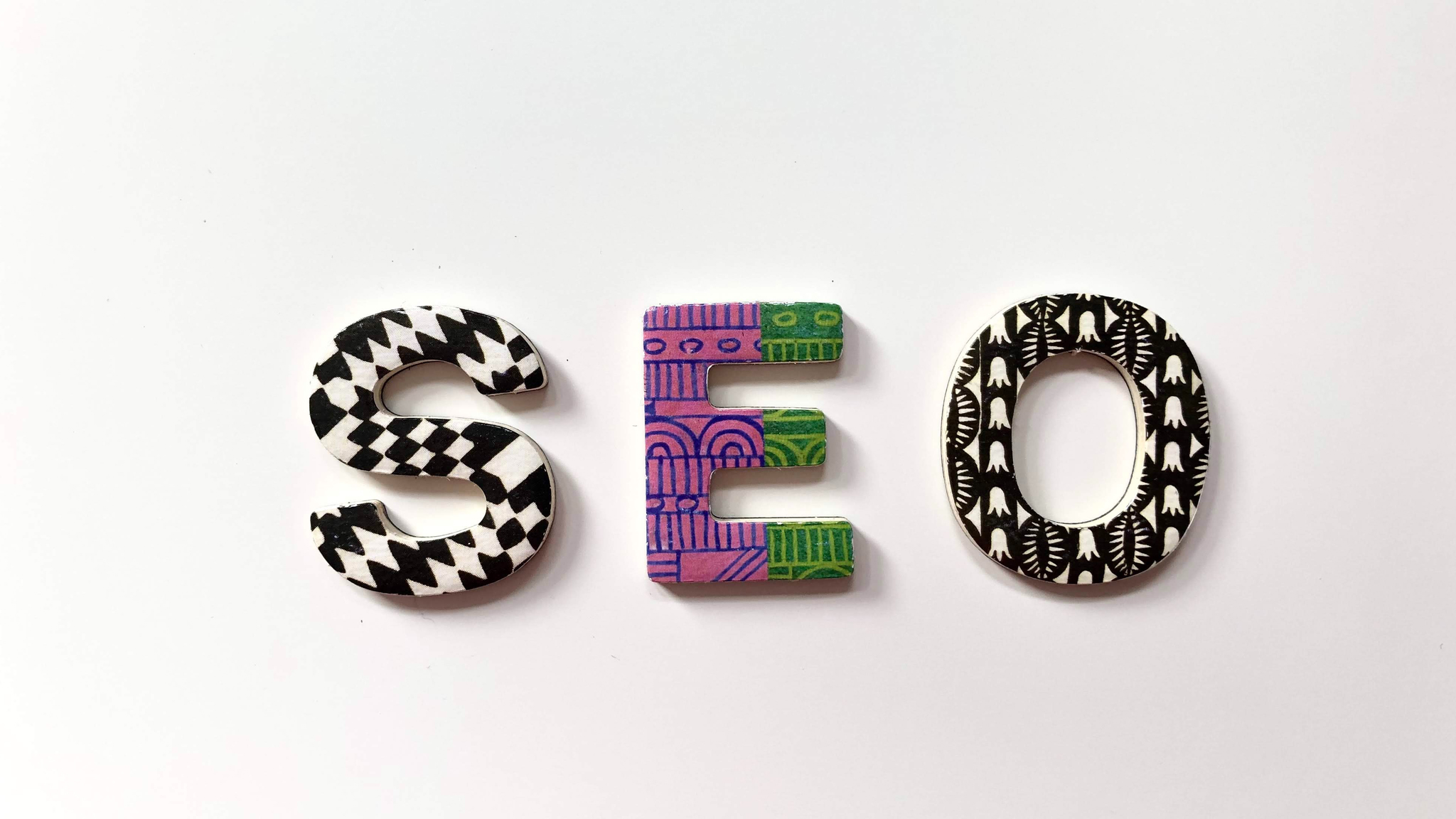E-commerce sites are gaining more traction than ever before. With an increase in popularity comes an increase in competition.
Is your website worthy of being on the first page of Google search results?
Continue reading to learn more about the top 3 SEO strategies for e-commerce sites in 2020.
High-quality content
In order to retain visitors, your website must boast value. Consumers today are constantly bombarded with new information, make sure that the information on your website has an authoritative voice.
When you are choosing what to put on your website, you want to make sure that what you offer will provide all the necessary information to make your brand the final destination in a consumer’s search.
When speaking about high-quality content, this refers to images, videos, blogs, website copy and any other graphics.
Starting with the layout of your website, make sure that it is visually appealing and easy to navigate.
A great place to start when refining your website is your landing pages.
Since this will be a consumer’s first impression of your brand, make sure these pages have a concise and professional essence.
Since the quality of content is key, it is smart to create multiple landing pages based on what the user is searching for.
This is especially important when running advertising campaigns.
If you are running a campaign for a summer special, you want to make sure that the potential customer is directed to a page that provides more information about the specific promotion as opposed to a generic home page.
Always remember, you want to make it as easy as possible for a shopper to navigate through the purchase decision making process.
In addition to refined landing pages, make sure your product photos are taken with a professional camera.
If you invest time and money into the promotion of your product, it will result in a luxurious appeal for the consumer.
In order to give customers a full view of the product, it is recommended that you consider adding videos to your product gallery.
For example, if you are selling sporting goods, in addition to product photos you can include a short video of the product in action.
Not only does this give the viewer a better understanding of the product, but they can begin to imagine themselves utilizing the product themselves.
This is especially helpful if you put a person of admiration in the clip.
For instance, if you have a video of someone beating their personal record while wearing running shorts that you are selling, the mind will begin to subconsciously associate the shorts with success.
This will increase the motivation to buy the product because the shopper believes that purchasing the shorts will lead them to become successful.
Mobile Optimization
If your website is not optimized for mobile use, you might as well not have a website at all.
According to techjury.com, 40% of people browse the web solely on their mobile devices.
Also, 51% of the time spent online in the US is on mobile devices.
This is a huge market share that you are missing out on if your website is only optimized for desktop use.
Once you have a mobile site, you can begin to analyze metrics specific for search engine result pages (SERPs) on mobile devices versus desktop devices.
It is essential to differentiate the two because once you do so you can begin to refine your advertising strategy to specifically target certain audiences based on the device they are searching on.
When you run an ad on Instagram, these viewers are likely to be using a mobile device since the app version is the most popular browsing platform.
When targeting this group, you want to make sure you can then direct them to a page that is optimized for mobile use.
If you are still not convinced, here are some statistics about mobile users on popular social networks.
More than 70% of streams on YouTube comes from a mobile device.
85% of Pinterest users often take advantage of the mobile site or app.
80% of Twitter use happens on mobile devices.
User-Focused Optimization
2020 brought about the introduction of Google’s most recent algorithm update, BERT.
With each update, Google is tweaking search results to better suit the implicit requests of users.
In doing this, BERT analyzes the structure of a user’s search to get a better understanding of the manner in which specific keywords are used.
Because of this, you must make sure your website provides real value instead of clickbait-esque keywords.
One way to do this is through the incorporation of long-tail keywords.
These keywords allow BERT to better connect your content with the needs of the individual searching.
For example, if someone is looking for an outdoor venue for a wedding, the highest-ranking sites on the SERP will be those that include the words “outdoor” “venue” and “wedding” as opposed to just “outdoor venue” or “wedding venue”.
With an emphasis on long-tailed keywords, your website must incorporate more content in order to create a multitude of avenues for potential customers to reach your brand.
The best way to incorporate long-tailed keywords into your website is through blogs.
Here are some helpful statistics.
Companies who blog get 97% more links to their websites.
77% of internet users read blogs.
72% of online marketers describe content creation as their most effective SEO tactic.
Businesses that blog experience twice as much email traffic as businesses who don’t.
In summary, in order to rank on the first page of Google search results in 2020, you must provide value to users.
Blogs are the perfect vehicle for achieving this.
Increase Traffic Today
You can easily transform your website into a high ranking, content-rich platform in no time.
If you are having difficulty learning the ropes of optimizing your e-commerce website for success, feel free to reach out to a marketing agency.
Experts can effortlessly help update your website and consistently create content that will boost your sales.


Katherinet
Great read! The clarity and depth of your explanation are commendable. For further reading, here’s a useful resource: EXPLORE FURTHER. Let’s discuss!